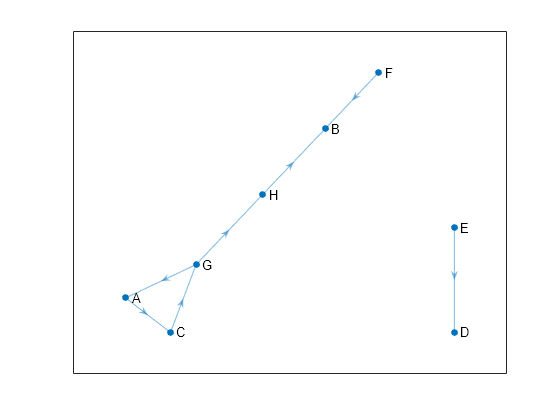findlink
Description
linkIDS = findlink(graph,statePairs)linkIDS of the state pairs
statePairs, if they exist in the navGraph object
graph.
Examples
Input Arguments
Output Arguments
Extended Capabilities
Version History
Introduced in R2023a
See Also
Objects
Functions
findstate|index2state|state2index|successors|show|copy|addstate|addlink|rmstate|rmlink
